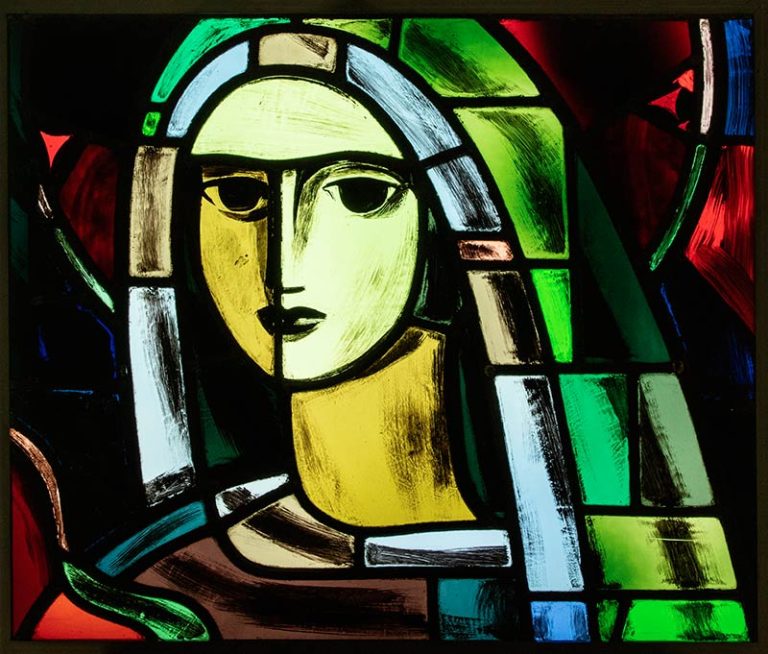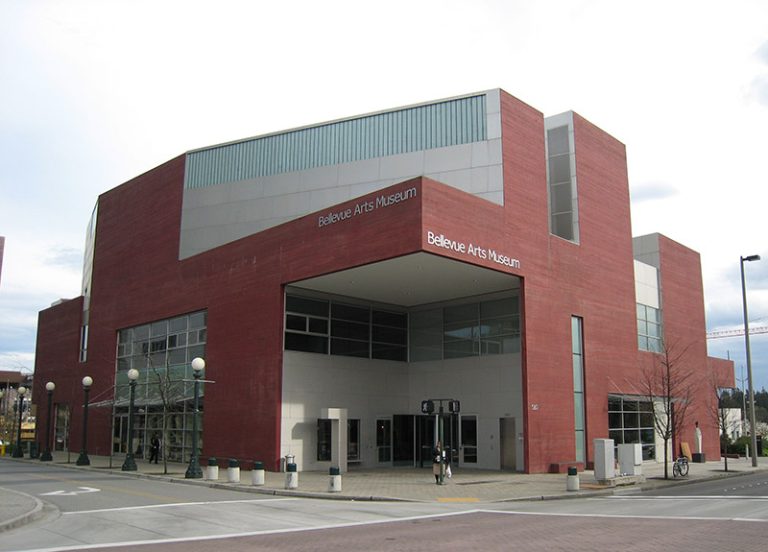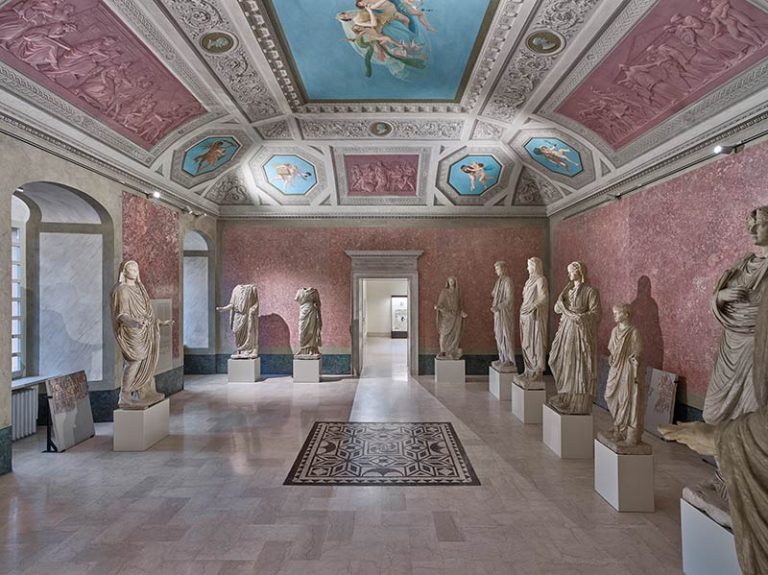On the heights of Hyères, at the top of steep terrain, sits a large white building which strangely resembles an ocean liner. It is 100 years old but it could have been designed yesterday, it is so modern in appearance. It is reached on foot via a path running alongside Gabriel Guévrékian’s cubist garden which leads onto a large green square: on the right, the imposing monument; on the left, a breathtaking view of the bay of Hyères and, in the distance, the island of Porquerolles. The sponsors of this villa are none other than the viscount and viscountess Charles (1891-1981) and Marie-Laure (1902-1970) de Noailles, who wrote its history for 50 years, before it was sold in the city of Hyères, in 1973. Since 2003, exactly 20 years, the place has hosted a contemporary art center of national interest. Land received as a wedding gift in 1923 from the Princess of Poix, mother of Charles, marks the beginning of an extraordinary story. Very wealthy, the couple wanted to build there “an interesting winter house to live in”, in which functionality will take precedence over the rest: a modern house for living in a modern way. After soliciting Mies van der Rohe and Le Corbusier, he finally commissioned Robert Mallet-Stevens (1886-1945) who had until then only created a few theater sets. Work began in 1924 and gave rise to the initial building (200 m2), completed in 1925.
Retractable bay windows, clocks and indoor pool
Designed to be inhabited in winter, it faces south and houses the Noailles’ private apartments, as well as guest rooms. The rooms are relatively small and uncluttered, unlike the splendor of the couple’s private mansion on Place des Études in Paris. Hygienists, they had a bathroom installed in each room, while a whole host of technical improvements pepper the construction, like retractable bay windows or clocks signed Francis Jourdain, integrated into the wall of each room. The house was then named Clos Saint-Bernard by its owners, in memory of the Cistercian monastery which formerly occupied the plot. The foundations have also preserved three vaulted rooms which served as reception rooms. Gradually, and until 1932, additional buildings were added, such as an indoor swimming pool, a gymnasium or even a squash hall – the Noailles were keen on sports. In total, the living space is 1,800 m2, on a 4 hectare park.
Collectors become patrons
To furnish and decorate the villa, but also their other homes, in Paris or Grasse, the Noailles developed an intense policy of acquisitions, with almost unlimited means: they both came from families of collectors and she was the youngest daughter of the wealthy banker Ferdinand Bischoffsheim. Their resolutely modern choices turn to Chagall, Derain, Braque, Picasso, etc. But, very quickly, from simple collectors, they became sponsors then patrons. In addition to their support for several institutions, such as the Louvre or the Jacques Doucet literary library, they materially help numerous creators through regular and very eclectic commissions: art, architecture, interior design, music, fashion, literature or cinema, with names too diverse as Diego Giacometti, Chareau, Cocteau, Dalí, Balthus, Poulenc, Buñuel, Breton, Aragon or César. Their life at the villa is thus punctuated by the reception of artists staying in the guest rooms. During the Second World War, the building was occupied by the Italian army then by the Helio-Marine Institute of the Côte d’Azur, before being returned in 1947 to the couple, who separated in the 1950s. During the following decade, Marie-Laure lived there for part of the year but, upon her death in 1970, Charles did not wish to keep the property. Also, in September 1973, he sold it to the town of Hyères, emptied of its furniture and art objects. Although listed in the supplementary inventory of historic monuments in 1975, the building is almost in ruins. It was not until a first campaign of works in 1989-1990, then in 1996, that it regained its luster, before becoming a contemporary art center in 2003.
Design, fashion, photography and architecture
To properly celebrate the 100th anniversary of the villa which now bears the couple’s name, Jean-Pierre Blanc, its director, has developed a vast program, from March until mid-January 2024. Have already taken place, among others this summer , the 17th International Design Festival, Design parade, or even Resurrect the rose, a specially created opera, while from October 12 to January 14, 2024, the 38th International Fashion, Photography and Accessories Festival will be held. “This centenary is truly a moment of sharing with artists and the public,” summarizes the director. Apart from the centenary, “our programming has been oriented, historically for 20 years, towards four areas: design, fashion, photography and architecture”, he explains, before adding: “The rhythm of the exhibitions is always identical: an architecture exhibition at the start of the year, a design festival during the summer, a fashion festival in October, a photo exhibition in November and a children’s festival in December. » School visits, workshops and even meetings are also organized, while the villa is also a place of residence for artists practicing the four disciplines on display.
The architect designed and fully furnished and decorated the couple’s private apartments, located in the original building, “as the patrons could have done if they were still living. It is not a reconstruction in the first sense of the term, because the decoration was constantly changing, but a fantasy reconstruction,” explains Magalie Guérin, deputy director of the villa. The initiative was supported by loans from the family, museums, foundations and even galleries. Thus, historical pieces that belonged to the couple sit alongside contemporary pieces that they could have collected, like a painting by Miquel Barceló (Thaddaeus Ropac Gallery) or by artists that the Noailles loved. Paintings as well as pages from Marie-Laure de Noailles’ scrapbook and photo albums complete the set. The visitor thus discovers the reading room, the dining room, Marie-Laure’s boudoir, Charles’ office, where his cylinder desk signed Ruhlmann is shown for the first time, a room intended for making bouquets of flowers or again the pink salon and its zenithal glass roof by Louis Barillet.
“The apartment of Charles and Marie-Laure de Noailles in Hyères”,
under the direction of Pierre Yovanovitch, until January 14, 2024.
The polyhedral mirror by Jan and Joël Martel has returned to its original place
Loaned for the first time by the Bröhan Museum (Berlin), the mirror, created in 1928, returned to its original place for the duration of the exhibition, in the living room on the left upon entering the main building. Placed above the fireplace (originally a fireplace by René Prou), it was framed by sconces by Pierre Chareau, replaced in the early 1930s by the Hands Holding a Cup sconces, by Alberto Giacometti. Close to Mallet-Stevens, the Martel sculptor twins collaborated many times with the architect.
The guest bedroom, designed by Sybold van Ravesteyn in 1925
Installed on the second floor of the original building, it is the only room reconstructed, in partnership with the Mobilier national, based on period photos. Created by the Dutch architect and designer influenced by the De Stijl movement, the room was designed as a total work of art. The furniture (bed, desk, dressing table) has been reconstructed in its raw finish, without the color details and objects of the period, except for a chair, loaned by the Centraal Museum in Utrecht.
a building that bears witness to the modern architecture of the interwar period
Robert Mallet-Stevens played on symmetries and asymmetries. Thus, the block of rooms on the ground floor is the same length as that on the first floor, giving the impression that it has “slid” under the first. The six openings on the ground floor correspond to those on the first floor. The facade is punctuated by voids and full spaces, recesses, projections and overhangs. Widespread use was made of the roof terrace, reinforced concrete, rendering or even bay windows retracting into the ground using a crank.
The swimming pool, dating from 1927
This indoor swimming pool, 15 m long by 6 m wide and 3 m deep, is the first of its kind in Europe. The ceiling, made of metal and cement beams, is pierced with glass bricks creating geometric patterns, while the south facade is made up of huge bay windows that can be fully retracted into the ground. Unusable since the end of the war, due to lack of waterproofing of the materials used, the swimming pool was emptied and is today covered with large sheets of glass.







